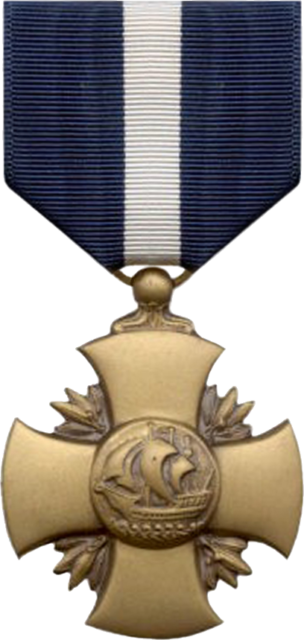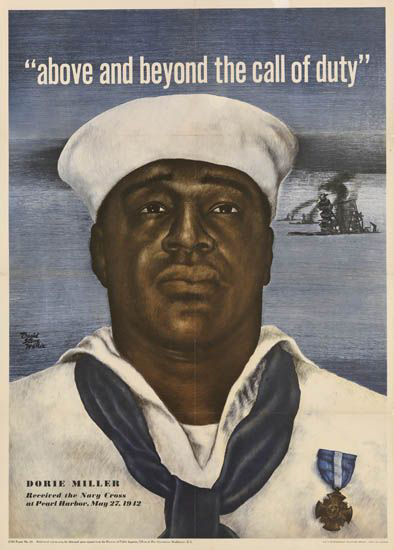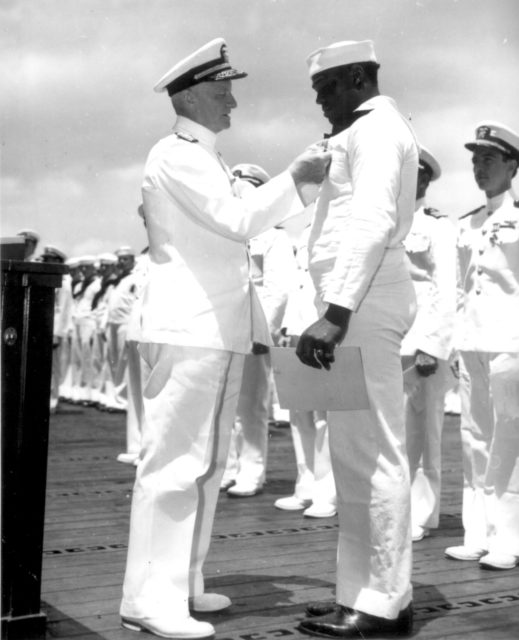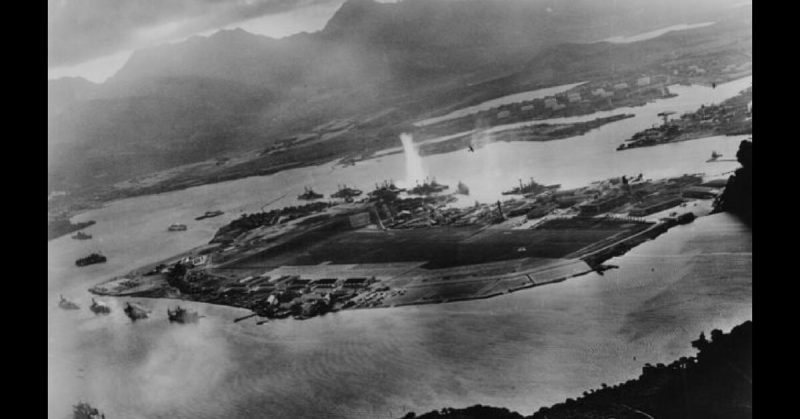In 1942, when Dorie Miller stood onboard the USS Enterprise at Pearl Harbor to receive the Navy Cross he made history. Miller was the first African-American to win the award which was the third highest honor for naval bravery. What was even more surprising was the fact that Miller was not even a trained soldier.
Pearl Harbor
Doris Miller, later known as Dorie, was born on 12 October 1919 in Waco, Texas. Growing up and helping out on his father’s farm he became familiar with small guns which he used for hunting.
However, he did not expect to take part in active combat when he joined the US Navy in September 1939. During the Second World War, the US Navy was segregated, and African Americans were assigned to a limited number of non-combat roles.
Miller was a ship’s cook – Mess Man Third Class to be exact. On the morning of December 7, 1941, Miller was serving on the battleship West Virginia. His shift started as usual at 6 AM. He had finished serving breakfast, when at 7.57 AM as Miller was collecting the laundry the attack on Pearl Harbor began.
The Japanese ship Agaki launched nine torpedoes one of which scored a direct hit on Miller’s ship.
Reporting for Duty
Miller reported for duty straight away. In addition to his mess duties, he was also expected to carry the injured in the event of a battle. At 6’3”, the former football player and boxer he was well suited to this role. His first task was to carry the ship’s captain, who had been severely wounded by shrapnel, to the relative safety of a sheltered spot behind the bridge.
Next, he was given the job of helping two officers load the machine guns. Miller was not familiar with the weapons aboard the ship – in this case, two Browning .50 caliber anti-aircraft machine guns.
However, he followed the officers’ instructions and quickly understood the weapons’ workings. Then, as an officer’s attention was distracted, Miller began to fire. Seeing that Miller was obviously doing the job well, he was put in charge of the starboard gun with which he managed to shoot down at least three enemy aircraft.
When the gun ran out of ammunition, Miller returned to the task of helping to move the captain. He and other wounded crew members were transferred to a less dangerous position on the quarterdeck.
The West Virginia suffered severe damage from two armor-piercing bombs and a further torpedo attack. Orders were given to abandon ship before she finally sank in the harbor. Altogether 130 crew died, including the captain. Another 52 were injured.

Recognition
Miller’s bravery could very easily have gone unnoticed. Rumors of the mysterious black cook who had been seen shooting down enemy aircraft were soon being circulated. Thanks to the efforts of a reporter from the Pittsburgh Courier, Miller was identified.
As well as receiving the Navy Cross he was promoted to the rank of Mess Attendant First Class. Miller also took part in a war bond tour. This was an event where decorated soldiers went on trips to encourage Americans to raise money for the war effort by investing in war bonds. It was a privilege usually only offered to white soldiers.
Thanks to campaigning by black community groups and, once again, the Pittsburg Courier, Miller was given the opportunity to take part. In 1943 his image was used on a recruiting poster to encourage more African-Americans to volunteer for military service.

Missing in Action
After the tour, Miller returned to duty on the SS Liscome which would turn out to be his final assignment. Early on the morning of November 24, 1943, a Japanese submarine fired a single torpedo at the Liscome.
The torpedo hit the bomb magazine which caused the bombs to ignite in a massive explosion. Within minutes the ship started to sink. Out of a crew of 900, only 272 survived. Miller was initially listed as missing in action. On November 25, 1944, his status was officially changed to presumed dead.

Honors
In addition to the Navy Cross, Miller also received the Purple Heart and Combat Action Ribbon. His name is still remembered. Appropriately, a ship was named after him – the USS Miller, commissioned in his honor in 1973.
Parks and schools have been named in his honor, and there are a monument and road named after him in his hometown of Waco, Texas.
